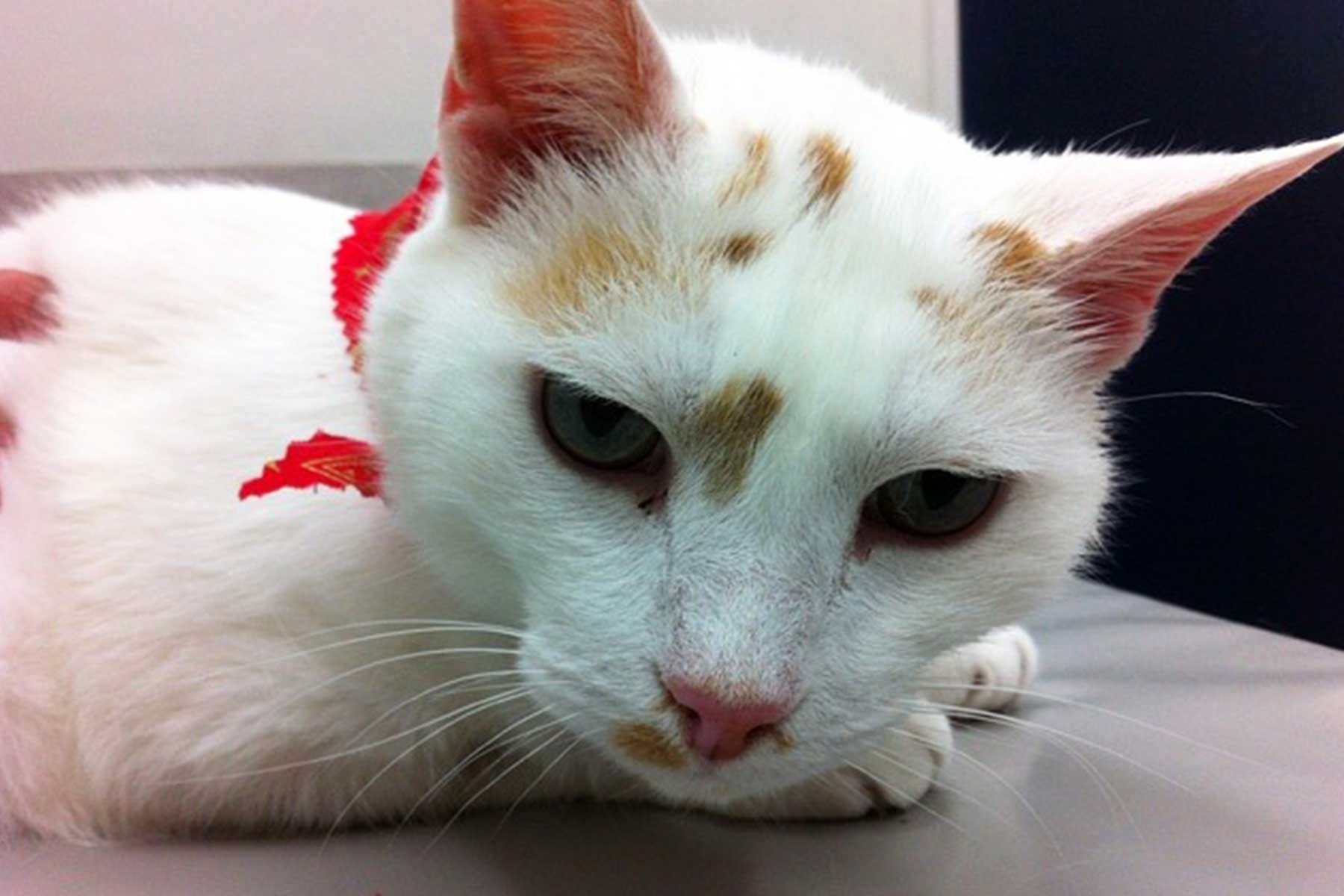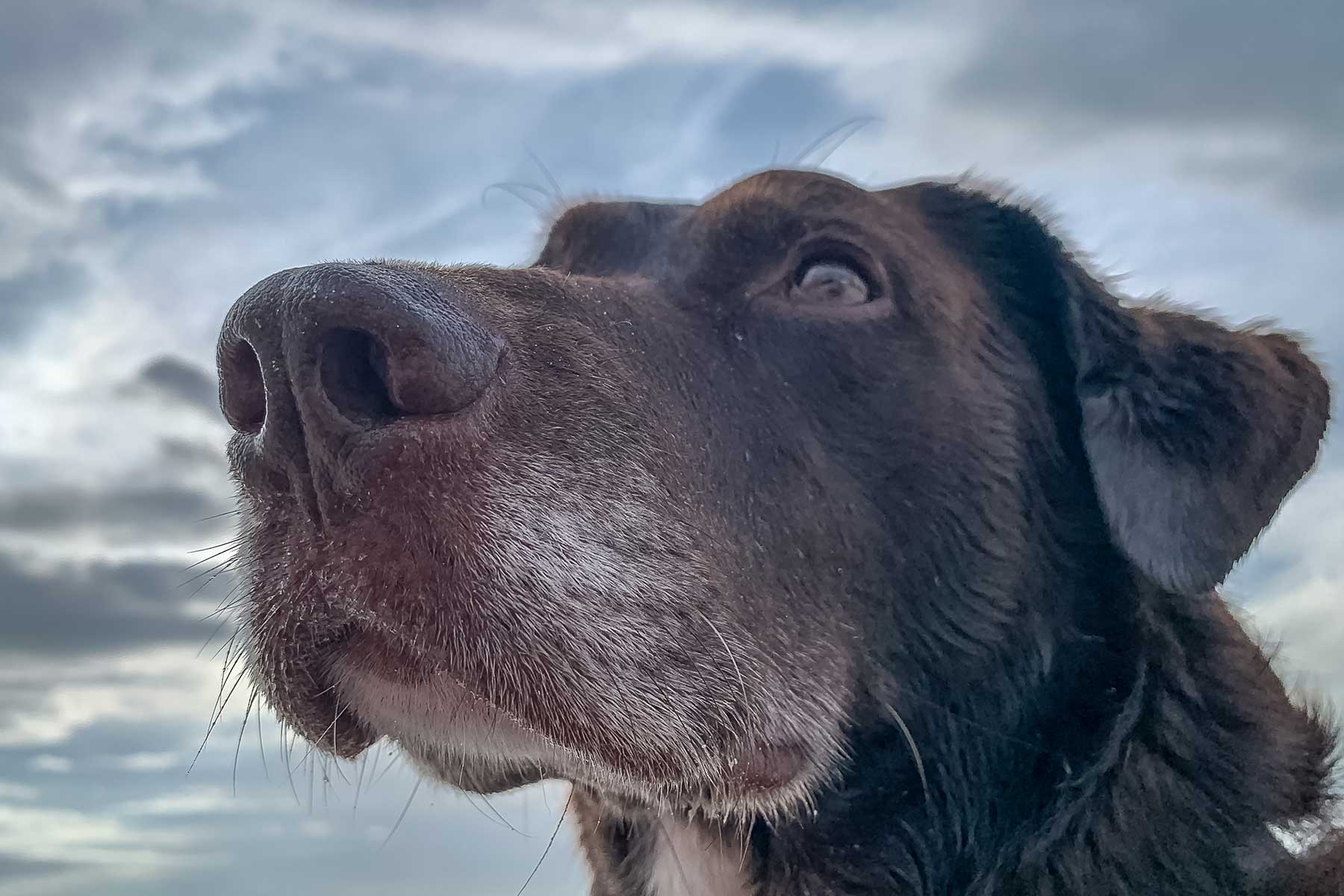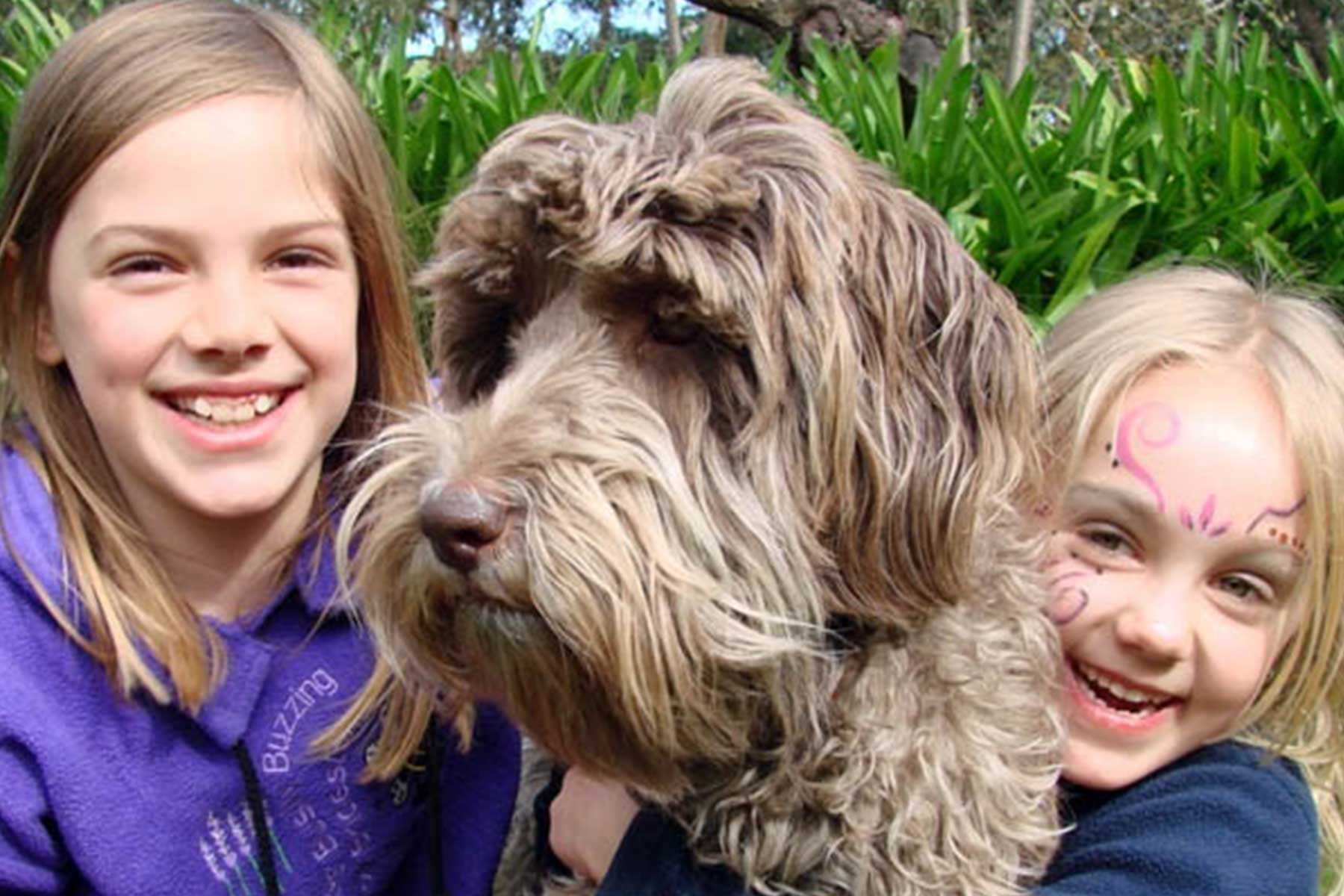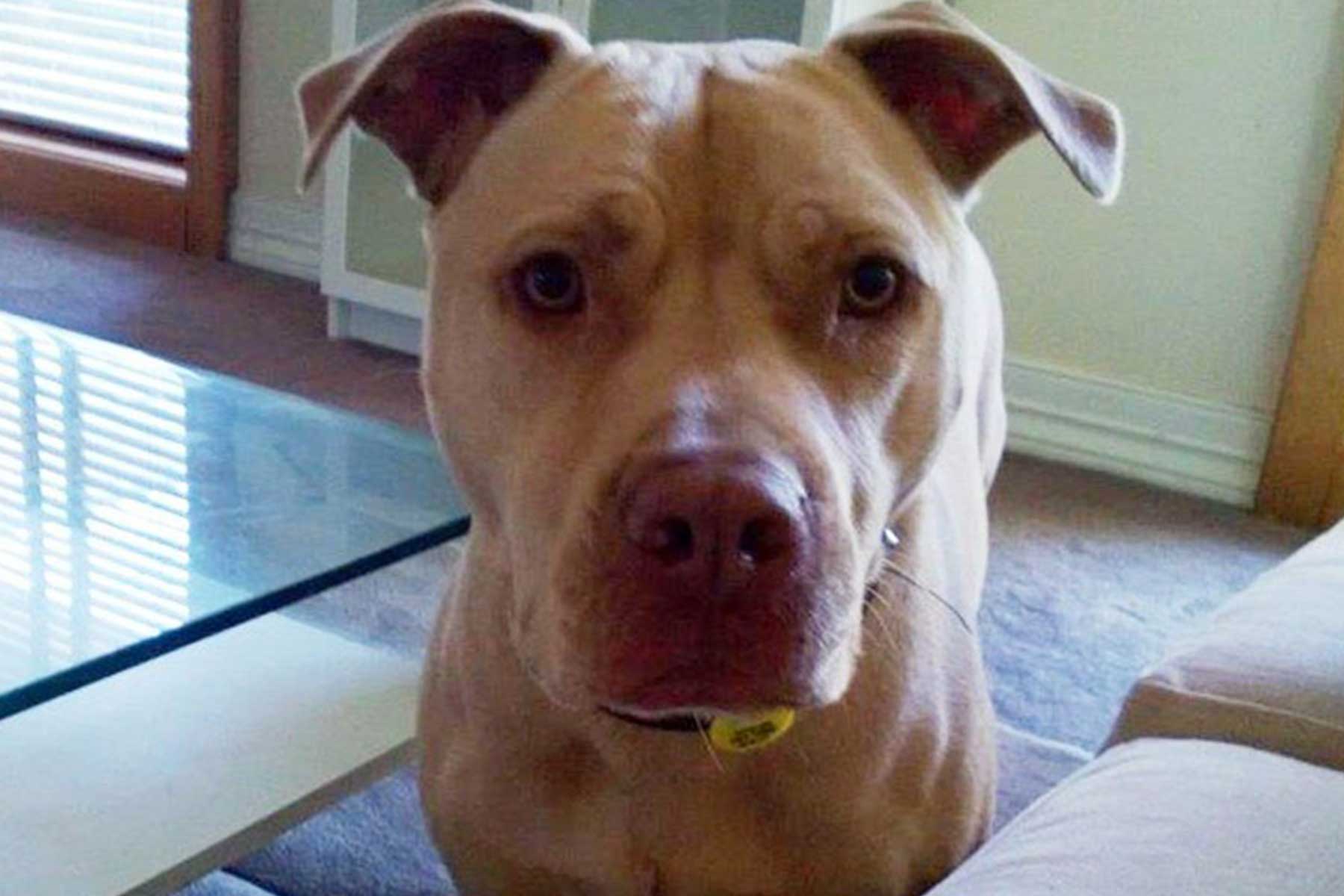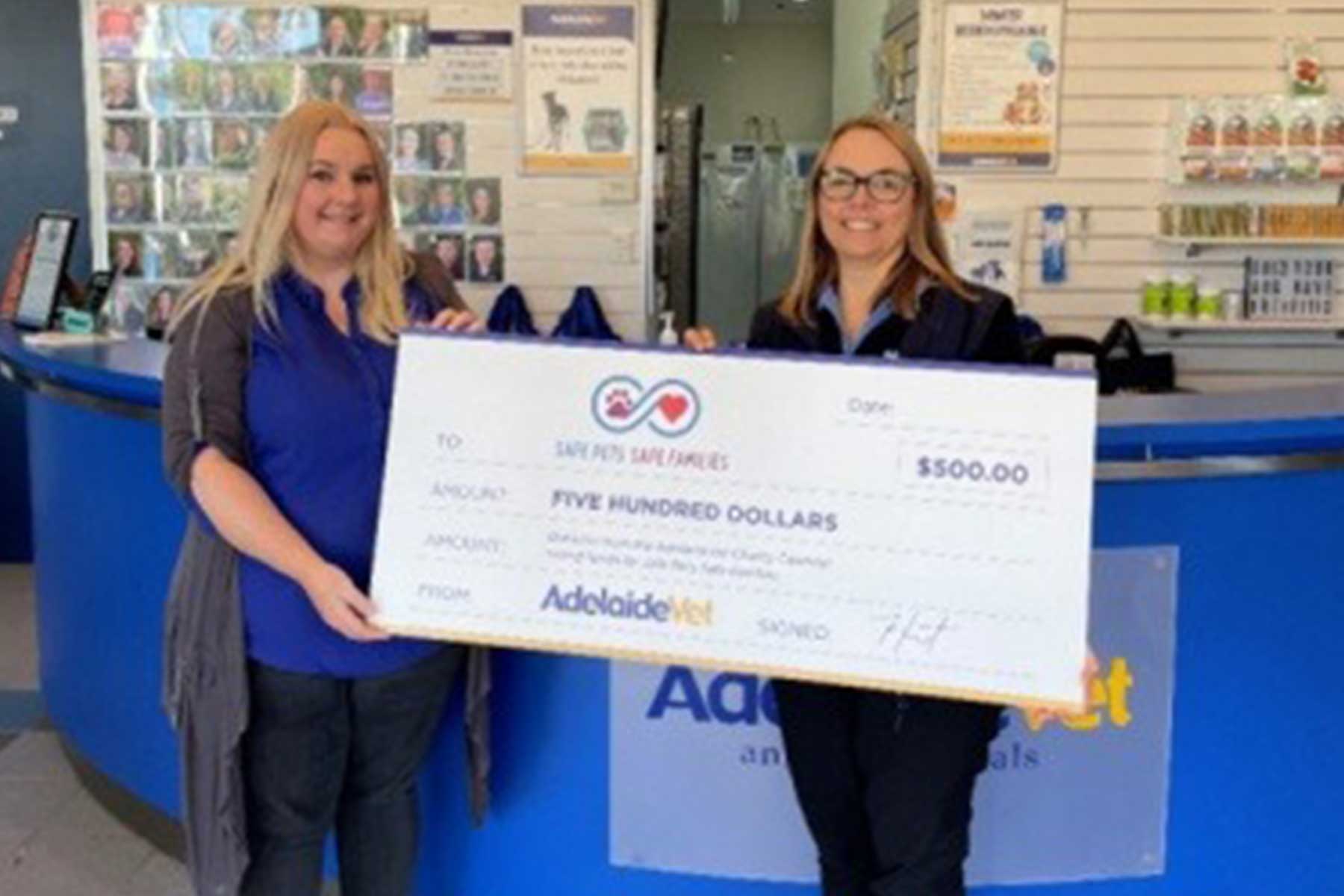Milo was presented to the hospital one lovely afternoon after his owners returned from holidays to find him limping. On physical examination he had a skin wound on his left foreleg and his humerus felt unstable. The veterinarian suspected a possible fracture of the leg so after discussion with his owners, Milo was given an anesthetic and x-rays were taken of his leg. Unfortunately the gods were not with Milo and the x-rays revealed a spiral fracture of his humerus.
Being a geriatric, his owners were worried about the long duration of anesthetics required for fracture repair, and the veterinarian was worried about delayed bone healing as well as other clinical problems that Milo may have!! After a long discussion, everyone felt that Milo deserved a second chance, and surgery to repair the fracture was performed 2 days later under general anesthesia. Milo was also given intravenous fluids and preoperative antibiotics and pain relief during the procedure.
During the fracture repair surgery, the surgeon cut the skin of the left foreleg open and dissected the soft tissues carefully until the broken ends of the bone could be seen. Then she joined the two ends together with a long stainless steel pin, called a Steinman pin. The surgeon had to be careful inserting the pin as it would have been very bad news if the end of the pin had penetrated the elbow joint. This stopped the two ends of the broken bone from bending unnaturally at the fracture line but did not stop the ends from rotating in different directions along the long axis of the bone. To prevent this, the surgeon wrapped fine surgical grade steel wire around the bone a few times in the vicinity of the fracture line. Phew! The surgeon was pretty pleased with the outcome and the worst is over. The soft tissue and skin are closed with fine sutures. Then Milo was wheeled into the radiography suite, still under general anesthesia and post-operative x-rays were taken. This revealed good reduction of the fracture and seating of the Steinman pin. Milo was disconnected from the anesthetic machine. Milo recovered from his anesthetic without any problems and 24 hours later, he was allowed to go home though he had to be confined inside the house.
Milo was given another general anesthesic 6 weeks later and x-rays were taken of Milo’s left foreleg to determine if the fracture was healing. The broken ends of the humerus had started to heal but because of Milo’s age, it was taking longer than expected. The veterinarian decided to leave the pin in for another 4 weeks, at which time x-rays revealed that the fracture had healed sufficiently. This meant that the fracture line, seen as a “black line” in the first x-ray had filled with bone. The pin can then be removed. The wires encircling the bone are normally left alone.
Today Milo is up and about, happy as a lark but the veterinarian hopes that he is staying out of harm’s way!!

